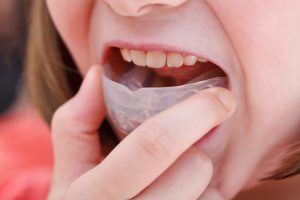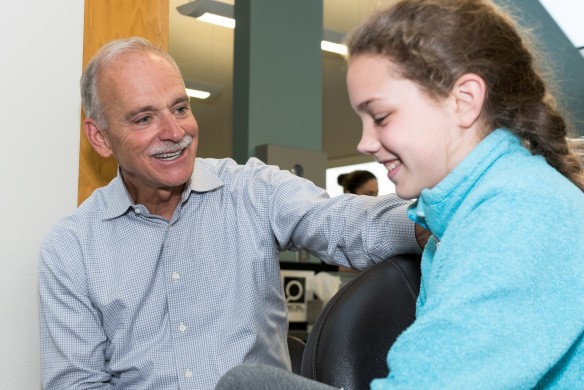 A malocclusion is a condition in which the upper dental arch and the lower dental arch do not align as the jaws close. It means that your upper and lower teeth do not meet in the right way. This can affect the way you look, eat, and speak.
A malocclusion is a condition in which the upper dental arch and the lower dental arch do not align as the jaws close. It means that your upper and lower teeth do not meet in the right way. This can affect the way you look, eat, and speak.
Fortunately, malocclusions are repairable. The mode of orthodontic treatment depends on what type of malocclusion you have. These are the three classes of malocclusions:
Class 1 malocclusion
Class 1 malocclusions are the most common type. This is when the upper teeth are prominent and protrude over the lower teeth. Here, the teeth are crowded, but the bite is considered normal.
There are three types of malocclusions under Class1.
Type 1 is when both upper and lower teeth lean toward the tongue. Type 2 is when the upper teeth protrude and the lower teeth angle toward the tongue. Type 3 is when the upper front teeth lean toward the tongue and the teeth are crowded.
Class 2 malocclusion
Class 2 malocclusions occur when the upper teeth protrude over the lower teeth and affect the alignment or bite. This is also known as an overbite or overjet. A Class 2 malocclusion usually requires orthodontic intervention and may take some time to correct.
Class 2 malocclusions fall under two divisions. Division 1 is when the upper teeth point toward the lips. Division 2 is when the upper central incisors lean toward the tongue.
Class 3 malocclusion
Class 3 malocclusions are when the lower teeth protrude farther than the upper teeth. This class includes underbites and crossbites. There are three types of Class 3 malocclusions.
Type 1 is when the arch of the teeth has an abnormal shape, but the alignment is good. Type 2 occurs when the upper front teeth alignment is good, but the lower front teeth angle toward the tongue. Type 3 is when the lower teeth alignment is okay, but the upper front teeth angle toward the tongue.

